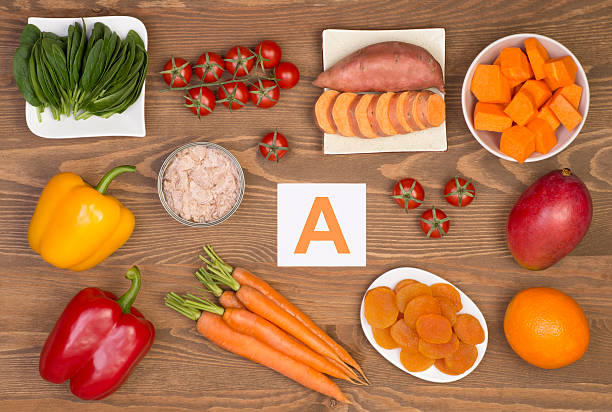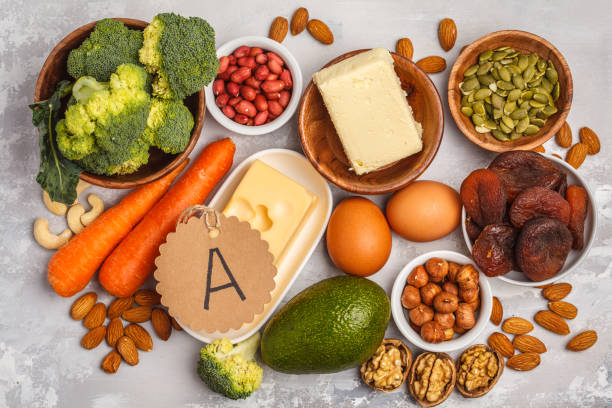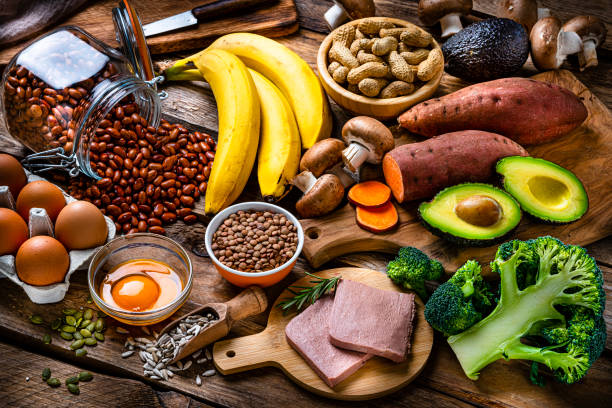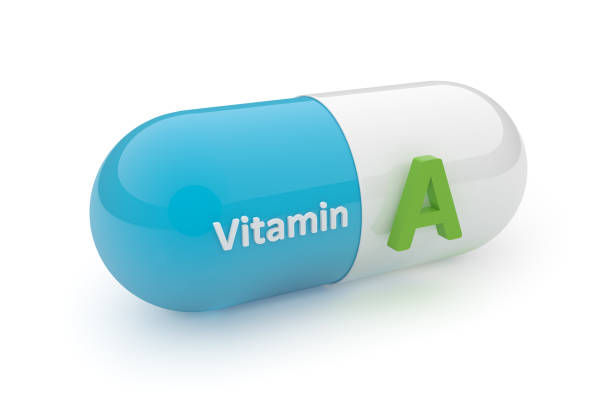Introduction
Vitamin A is essential for good vision. It helps the eyes adjust to light changes, keeps the cornea clear, and supports overall eye health. Without it, people may suffer from night blindness, dry eyes, and even permanent vision loss. In this blog, we’ll explore the importance of it in vision and the best food sources to maintain healthy eyesight.
How Vitamin A Supports Vision
It plays a critical role in vision by aiding the function of the retina. The retina is the part of the eye that detects light and sends signals to the brain. Within the retina, it helps form rhodopsin, a protein necessary for seeing in low-light conditions. This is why a deficiency can lead to night blindness.
In addition to supporting low-light vision, it helps maintain the health of the cornea, the clear front part of the eye. A lack of it can cause dry eye syndrome, which may lead to damage or infection if untreated. Severe deficiency can also lead to xerophthalmia, a condition that can result in blindness.
It also plays a role in reducing the risk of age-related macular degeneration (AMD), a leading cause of vision loss in older adults. Along with other antioxidants, it helps protect the eyes from damage caused by oxidative stress. Maintaining healthy levels of it may also help lower the risk of cataracts, another common age-related eye condition.

Best Food Sources of Vitamin A
Since the body does not produce on its own, it must come from food. There are two types: preformed vitamin A (found in animal products) and provitamin A carotenoids (found in plant-based foods).
Animal-Based Sources
Preformed vitamin A, also known as retinol, is easily absorbed by the body. It is found in:
- Liver – Beef and chicken liver are some of the richest sources of vitamin A.
- Eggs – The yolk contains vitamin A, making eggs a great option.
- Dairy Products – Milk, cheese, and butter contain vitamin A, especially if fortified.
- Fish – Salmon and tuna provide vitamin A along with omega-3 fatty acids, which support eye health.
Plant-Based Sources

Provitamin A carotenoids, such as beta-carotene, are found in colorful fruits and vegetables. The body converts beta-carotene into it as needed. Some of the best sources include:
- Carrots – One of the best-known sources of beta-carotene, carrots help support night vision.
- Sweet Potatoes – These provide even more beta-carotene than carrots.
- Spinach and Kale – Dark leafy greens contain high levels of beta-carotene and other eye-friendly nutrients like lutein and zeaxanthin.
- Red Bell Peppers – These are packed with beta-carotene and vitamin C, another important nutrient for eye health.
- Mangoes and Cantaloupe – Fruits high in beta-carotene can also help maintain good vision.
Other excellent sources of it include apricots, butternut squash, and pumpkin. These vibrant-colored foods are not only delicious but also provide essential nutrients that contribute to overall eye health.
How to Get Enough Vitamin A
A balanced diet with a mix of animal and plant-based foods is the best way to get enough vitamin A. The recommended daily allowance (RDA) for it varies by age and gender. For adult men, it is about 900 micrograms (mcg) per day, while adult women need around 700 mcg. Pregnant and breastfeeding women may require more.
To ensure you get enough vitamin A:
- Eat a variety of colorful fruits and vegetables daily.
- Include healthy animal-based foods like eggs and dairy.
- Consider fortified foods if you follow a plant-based diet.
- Avoid excessive alcohol, which can deplete vitamin A stores.
- Talk to a healthcare professional before taking it as a supplements, as too much can be harmful.

Can You Get Too Much Vitamin A?
While it is essential, too much can be harmful. Excessive intake, especially from supplements or animal sources, can lead to toxicity. Symptoms of vitamin A toxicity include nausea, dizziness, headaches, and even liver damage. Pregnant women should be cautious, as very high levels of it can cause birth defects. However, getting it from plant-based sources does not pose the same risk since the body only converts as much as it needs.
Long-term excessive intake of it from animal sources can contribute to bone thinning and an increased risk of fractures. This is another reason why a balanced diet is the best approach to maintaining healthy vitamin A levels.
Conclusion
It is vital for vision and overall eye health. It helps prevent night blindness, supports the cornea, and reduces the risk of eye infections. It also plays a role in preventing age-related vision problems such as AMD and cataracts. The best way to get enough vitamin A is through a balanced diet rich in both animal-based and plant-based sources.
By eating foods like liver, eggs, carrots, and leafy greens, you can keep your eyes healthy and maintain good vision for years to come. Ensuring you have enough vitamin A is one of the simplest and most effective ways to protect your eyesight. Start including these foods in your meals today and enjoy the long-term benefits of healthy vision!

